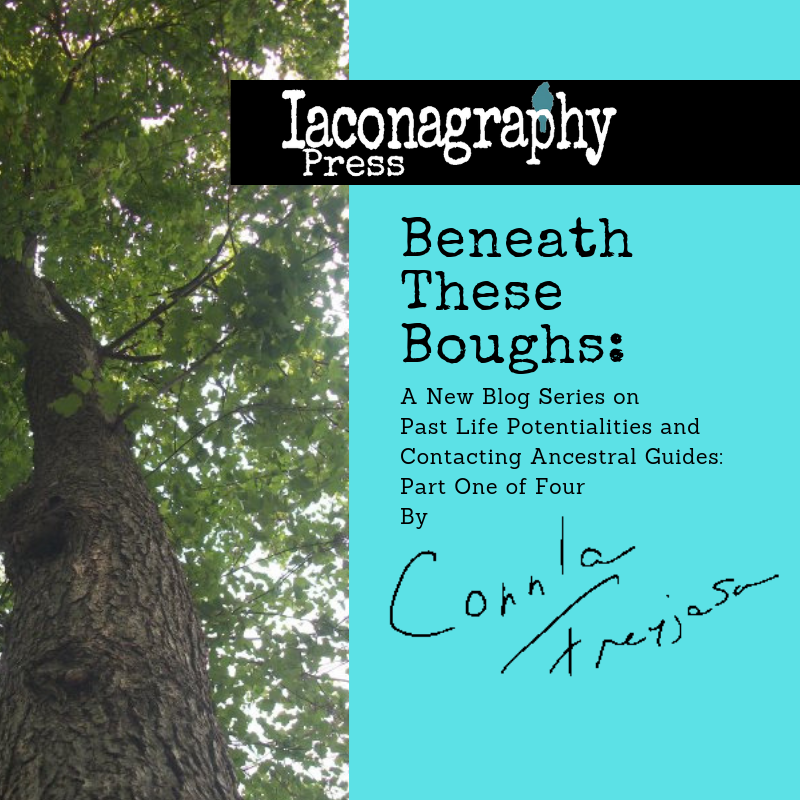Publisher’s Minute: March 30, 2018
 Iaconagraphy Press is a traditional press. What the heck does that mean? That means that we only publish printed books. We are not a digital press, nor do we plan to be.
Iaconagraphy Press is a traditional press. What the heck does that mean? That means that we only publish printed books. We are not a digital press, nor do we plan to be.
Sure, my own first two books were published as e-books, and they’re still out there and available. But the publishing of those two e-books taught me some very important lessons:
- The myth that e-books sell better than print books is exactly that: a myth.
- Formatting an e-book is not easier than formatting a print book.
- Not all books are suitable for an e-book format.
- You cannot physically hold, or otherwise “cuddle”, an e-book, and without an e-reader, you’re basically screwed.
Our commitment at Iaconagraphy Press is to produce books that are as visually appealing, as they are thought-provoking: books which you would be as proud to put on display, as you would be to read. It’s a wee bit difficult to deliver on that promise with a digital book!
Iaconagraphy Press also seeks to publish books that last: books that you’ll want to come back to, again and again, for a lifetime. It’s a wee bit difficult to deliver on that promise with a digital book, too. Why?
Today’s e-books and digital media have more in common with oral traditions in the ancient past than one might think.
Traditions and histories maintained orally die out, unless someone writes them down. Otherwise, when all of the keepers of that particular oral tradition die, so does the living culture. “But, but, but,” I can hear you stammering: “The whole point of an e-book is that it’s written down! It’s just accessed digitally! That’s not the same thing at all!” Really? Let’s pay a visit to a post-apocalyptic future that we all hope doesn’t happen:
A major disaster/war/the zombie apocalypse has finally happened. Electricity, the internet, and most other signs of what we consider “modern civilization” have been destroyed. Your very survival depends on finding information on how to build a well/aqueduct and learning how to farm. Trusty crossbow in hand, you make your way to the large building at town center, marked LIBRARY. Carefully, you throw open the doors, your guard up. When things seem safe, you make your way forward into the shadows, only to find banks and banks of computers, and stacks upon stacks of e-readers where once, long ago, books used to be. No doubt the information that you require for your very survival is in the hard drives of at least one of these now-defunct pieces of technology. Unfortunately, you have no way of accessing it. Ever.
Neither publishers nor authors actually make more money off of e-books.
The only way to guarantee a financial windfall in the digital publishing game is if you sell in high volume. Sure, if an e-book is a New York Times bestseller, digitally published by one of the “Big Five” publishing companies, it can expect to sell for between $10 and $12, on average. Of that $10 to $12, the publisher generally makes about a 75% royalty, with the author only earning around 25%. But that’s a dream scenario. E-books published by small presses, or even self-published, are expected to fall somewhere in the $1.99 to $2.99 price range, unless they’re epic-sized, in which case most readers would prefer that they be serialized, and then offered as separate pieces of that book, in the aforementioned $1.99 to $2.99 price range. But there’s no overhead in digital publishing, right? So none of these numbers should really be an issue?
Wrong!
Of that $1.99 to $2.99, an average of 30% is retained by the distribution service of said e-book, and, unlike physical, print books, almost all e-books require some form of distribution-hosting. After that 30% is taken, the small press and author subsequently receive the other 70%: $1.40 to $2.10 per book (rounded up). If not self-published, the author likely only receives 30% to 40% of that remaining 70%, per book: $.56 to $.84 per book (rounded up), with the publisher earning the other $.84 to $1.26 per book (calculated on a 60%-publisher, 40%-author split, which is our business model here at Iaconagraphy Press).
Bottom line: In order to even recoup the cost of the book’s ISBN ($100) as a small press publishing an e-book, the publisher would have to sell somewhere between 79 to 119 books. Meanwhile, the author would need that publisher to sell between 119 to 178 books to ever see $100 in their bank account from book sales.
Meanwhile, the average selling price of a one-inch-thick, 6″ x 9″ trim print paperback is around $20 to $25, regardless of whether that book is published by one of the “Big Five”, a small press, or even a self-published author. The printer of that book then earns 26% of the selling price, while any distribution services (such as Amazon, for example) earn 40% of that selling price. That leaves behind a 34% royalty, to be divided between the publisher and the author, or a straight 34% to the self-published author. All of that breaks down like this:
Selling Price: $25.00
Printer Earns: $6.50
Distributor Earns: $10.00
Publisher Earns: $5.10
Author Earns: $3.40
Publisher-less Author Earns: $8.50
Bottom line: In order to recoup the cost of the book’s ISBN ($100) as a small press publishing an average-sized print paperback, the publisher would need to sell approximately 20 books. Meanwhile, the author would need that publisher to sell around 29 books to see $100 in their bank account from book sales.
Keep in mind, of course, that these figures do not include things such as the royalties for the artist, who provided the cover or interior art, or any marketing required.
When you consider that, in 2017, e-book sales accounted for only 42% of books sales in the United States, all of these numbers start to paint a pretty bleak picture, when it comes to selling e-books by volume. The truth is, e-books are not the more popular format at all; print books still reign supreme. In fact, the sales of e-books did not outstrip the sales of print books in the U.S., U.K., Canada, Australia, or New Zealand last year. (According to a fabulous statistical analysis here.) In simple terms, those numbers mean that there were 187,702,000 more print books purchased in the United States alone last year, versus e-books. In other words, for every three would-be customers, 2 of those customers bought print books, while only one purchased the e-book instead. Hopefully you can readily see what that means when it comes to volume sales of e-books!
All of these facts and figures are about way more than money, though. In fact, they prove a conviction which I have held since childhood, and which I hope many of you share with me:
Books are timeless treasures that open windows into other worlds.
We may be living in the so-called “information age”, but books are so much more than simple repositories of information: they can and should be beautiful reservoirs of bottled experience. That’s what I seek to publish here at Iaconagraphy Press:
Beautiful reservoirs of bottled experience, captured in pages and covers, and waiting to delight their readers.
I hope one of those readers might be you!

Publisher Michelle Iacona LIVE:

